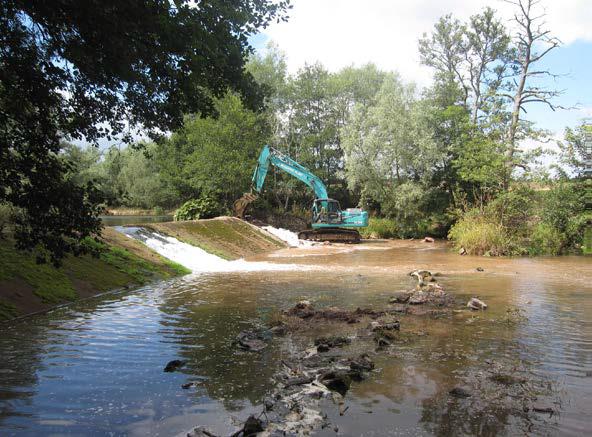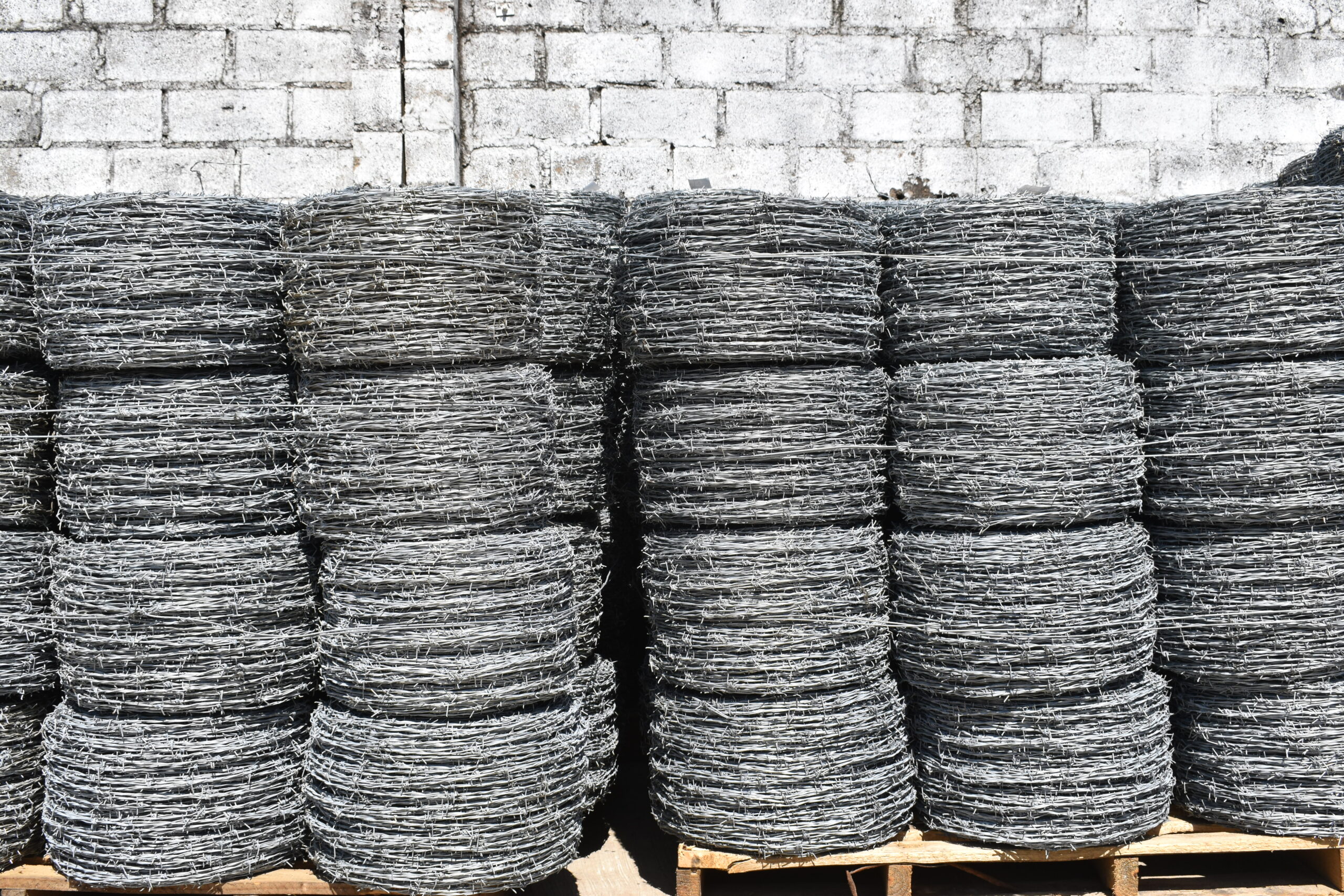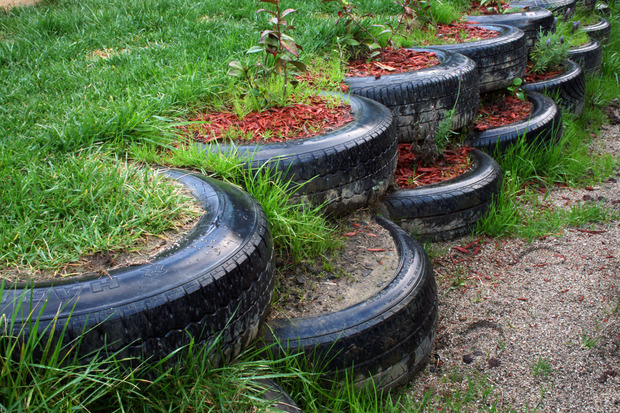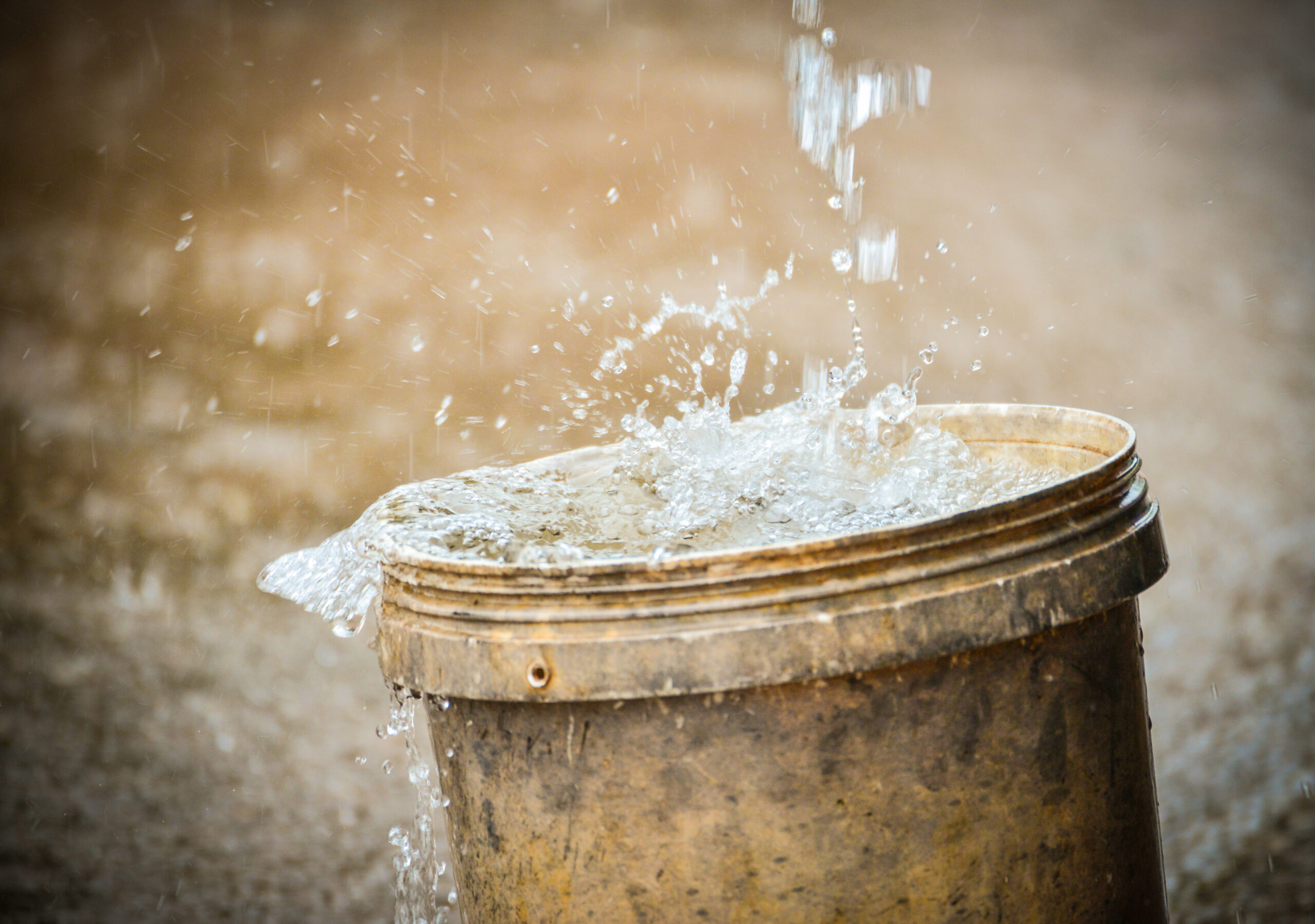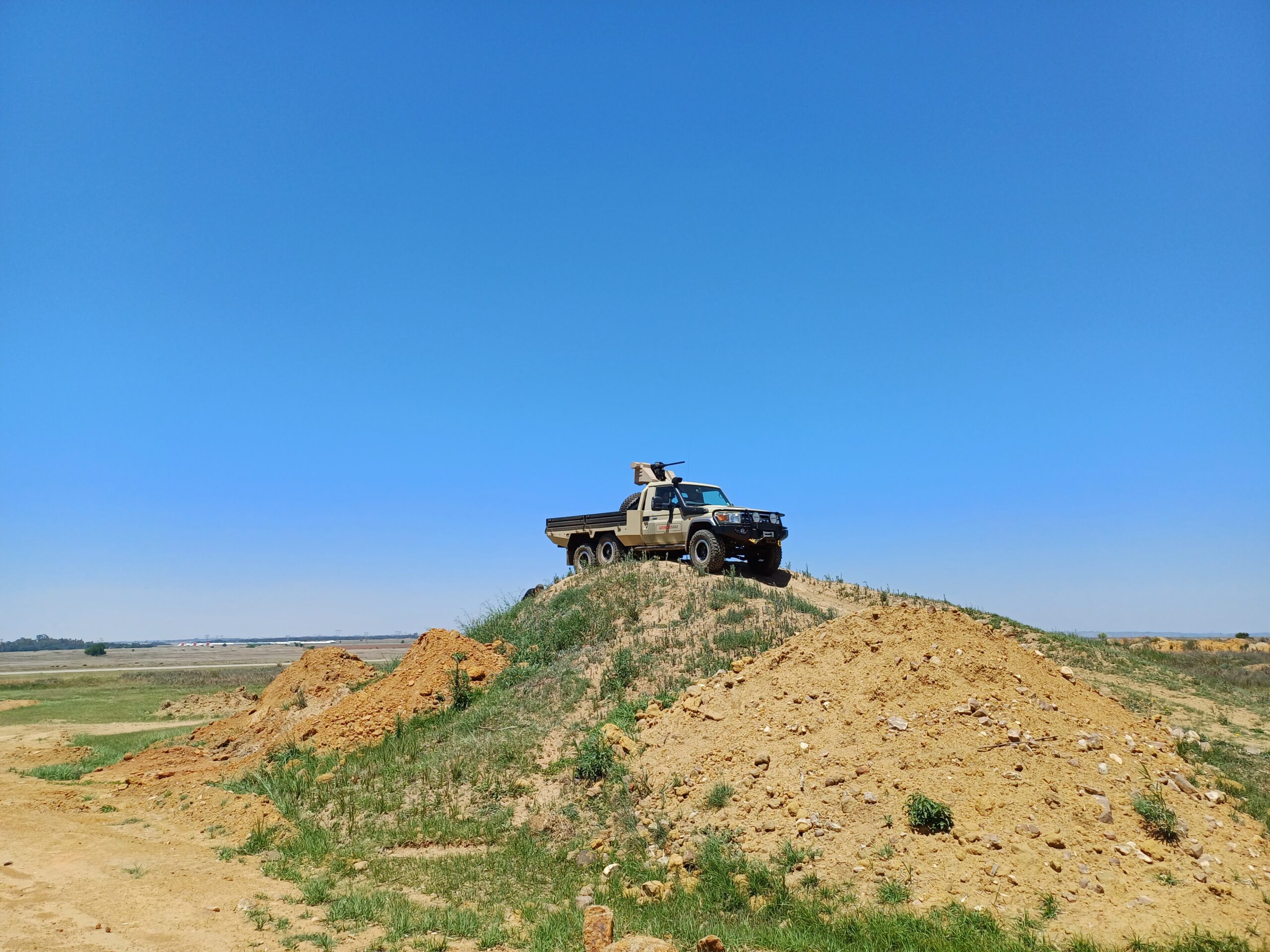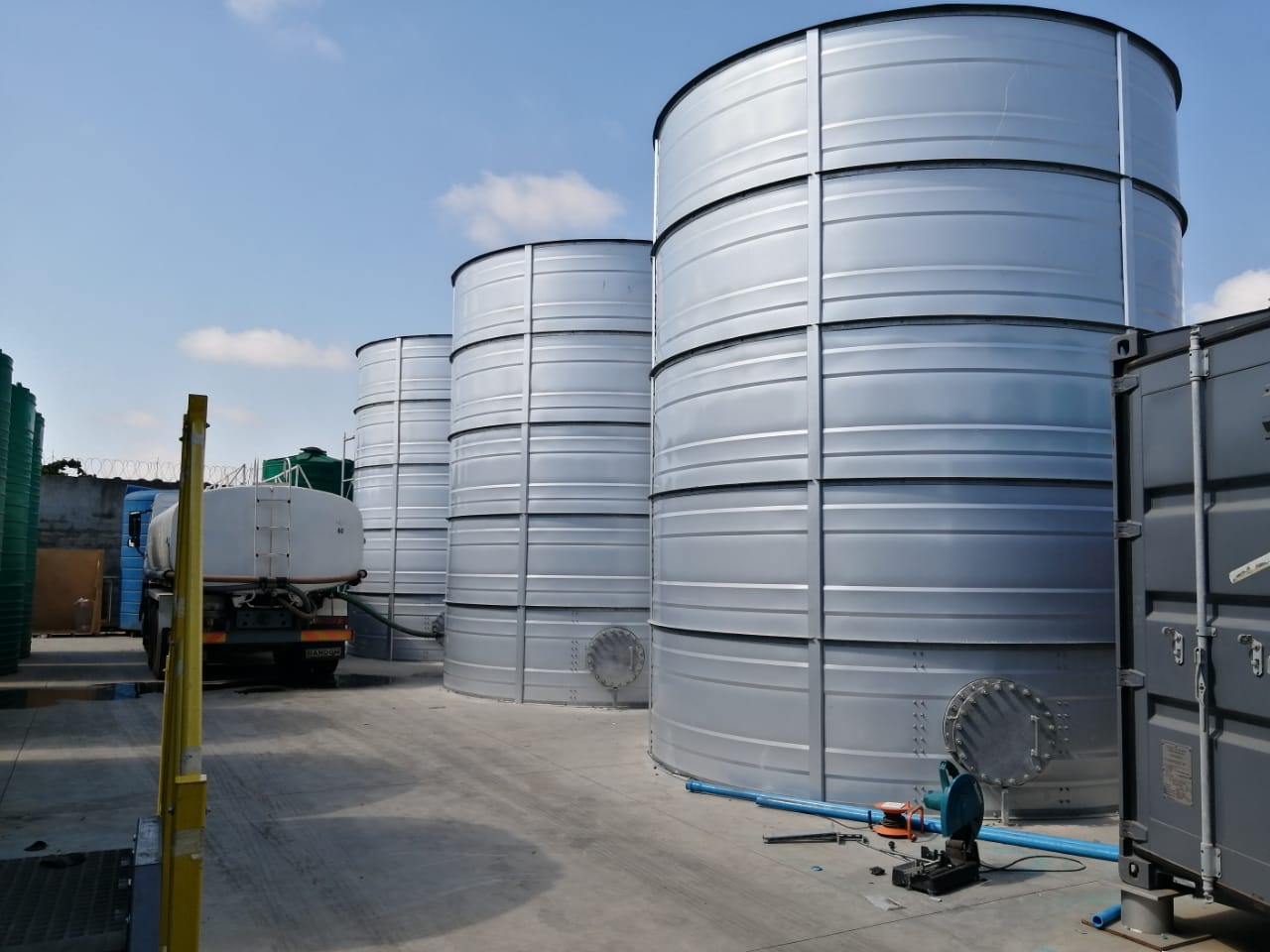In this last article of our series on dam building, we wrap up the last few, but very important points that you should consider when building an earth dam.
Connecting an earth wall and a weir at the side or in the centre poses a few technical challenges.
Table 1 provides the discharge through rectangular weirs per metre length for a free overflow. These figures are only valid for free-falling water, where the water on the downstream side of the wall is not higher than 0,75 from the weir’s top.


Example:
A weir is 6 metres long and must be designed to accommodate a flood peak (Q) of 5 m³/s. What is the depth of flow through the spillway?
From Table 1, if q = 0,831 m³/s/metre length, the corresponding value of h = 0,6 m.
High overflow over weirs will cause erosion on soft rock such as shale, limestone, and soft sandstone. In such cases, a concrete apron and/or a water cushion will have to be made (Figure 1).

Figure 1 shows the typical components of a weir structure with an earth wall connection.
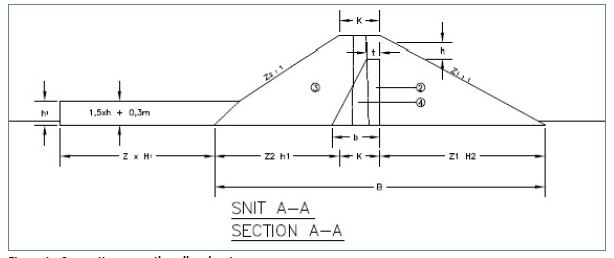
Figure 1: Connecting an earth wall and weir.
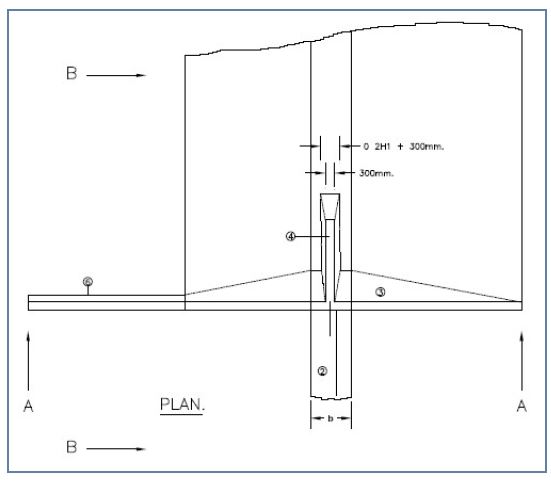
Enlargement of earth dams
Enlargement of earth dams must preferably be made on the water side of the wall, so that the existing wall will form the rear of the new wall.
Provision must be made for the connection of the old wall to the new wall. The old wall must be finished off in steps to obtain a good joint to the new wall.
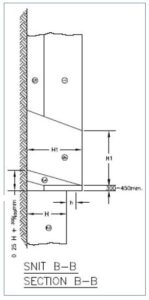
Provision must be made for connecting the pit trench to the existing one. If there is any doubt whether the old wall has a pit trench, a pit trench must be made right in front of the existing wall’s toe, over the entire length of the new wall length (Figure 2).

Figure 2: General cross section of increasing the height of a dam wall.
Designing waterholes
The ground surface is so even in many parts of the country, that it is impossible to build an ordinary dam. Waterholes are recommended in these cases (Figure 3).

Figure 3: Waterhole.
The building site
Waterholes are usually made on a very flat floodplain where run-off water moves slowly. The soil in which the waterhole is made must be of a dense nature, so that seepage is minimal.
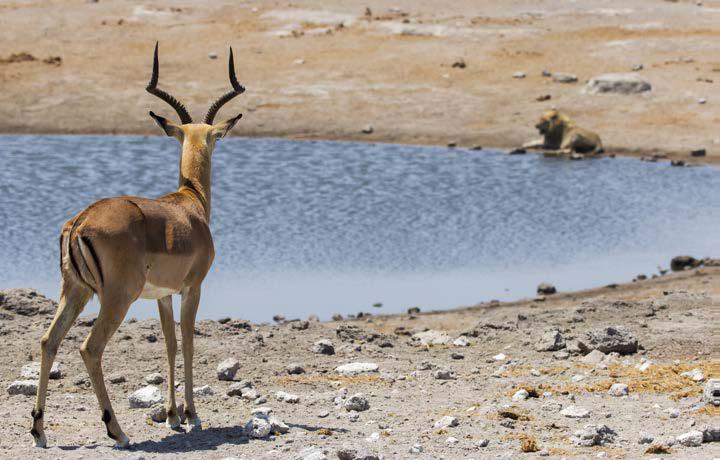
A safe waterhole. Photo: rmferreira from Pixabay.
Shape
Waterholes should be made as deep as possible and the basin of the dam should preferably be square. The side slopes must be flat enough, so that animals can move in and out comfortably without the danger of falling into the water.
Published with acknowledgement to the ARC Agricultural Engineering for the use of their manuals. Visit www.arc.agric.za for more information.

